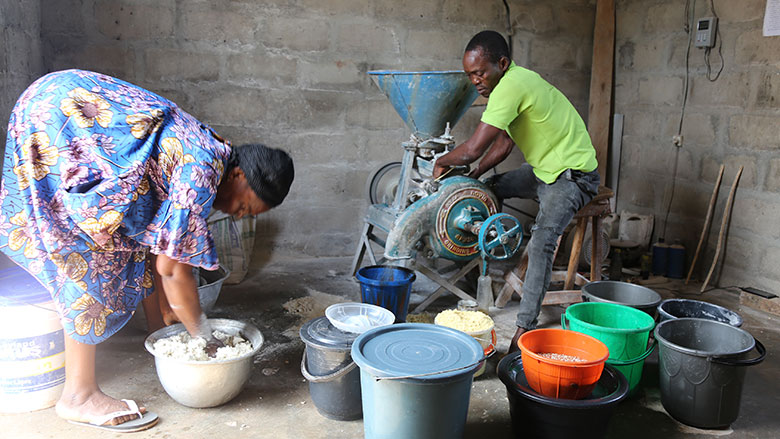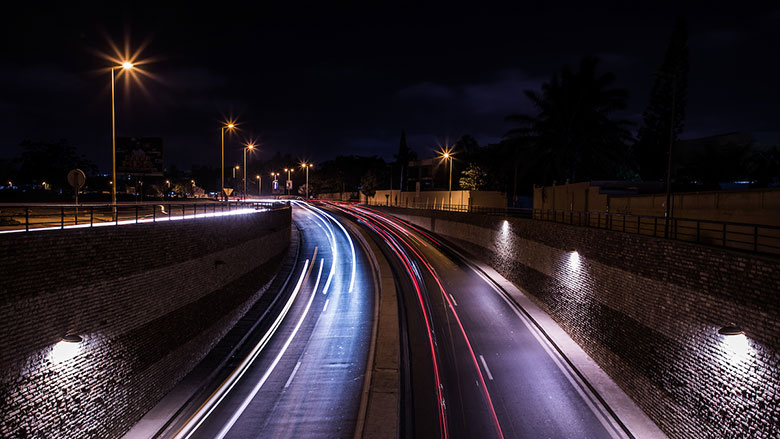ABOMEY-CALAVI, July 22, 2021—In a corn mill in Zoundja, a district in Abomey-Calavi, a northern suburb of Cotonou, Benin, about twenty pots and pans compete for space amidst a deafening noise that can be heard all over the neighborhood. At the control of his machine, Antoine K has the privilege of serving the households of the district by grinding their corn into flour. The only problem is that not everyone can afford his services in this urbanized area where rich and poor live side by side. “I grind a kilo of corn for CFAF 75 (1.5 cents), which is too expensive for some women, but I have no choice if I want to be able to pay the electricity bill and keep the mill running,” says the miller.

In 25 years of service, Antoine, now in his 50s, has seen a lot of improvement in access to electricity. Neighborhoods have been progressively electrified and today power outages are less and less frequent.
But he has also seen the cost of services rise as electricity rates in Benin have increased. The last bill he received from the Beninese power company was for more than CFAF 100,000 (about $180), including taxes—too much for his CFAF 200,000 ($365) monthly income. The increase in electricity rates has a domino effect on the cost of his services.
In Benin, as is the case everywhere in West and Central Africa, the mill occupies a central place in the life of households that consume corn or other grain-based foods on a daily basis. But the price of electricity represents an exorbitant cost for these small businesses, whose clientele is made up essentially of poor households.
Still a long way to go despite significant progress
With an electrification rate of 53% in 2019 against only 34% in 2000, West Africa has made significant progress, but challenges remain, and nearly half the population still lacks electricity.
The story of the electrification of Rosalie Zongo’s village in Burkina Faso illustrates this progress and also shows the need to address persistent challenges, develop the potential of diverse energy resources, and strengthen interconnections.

